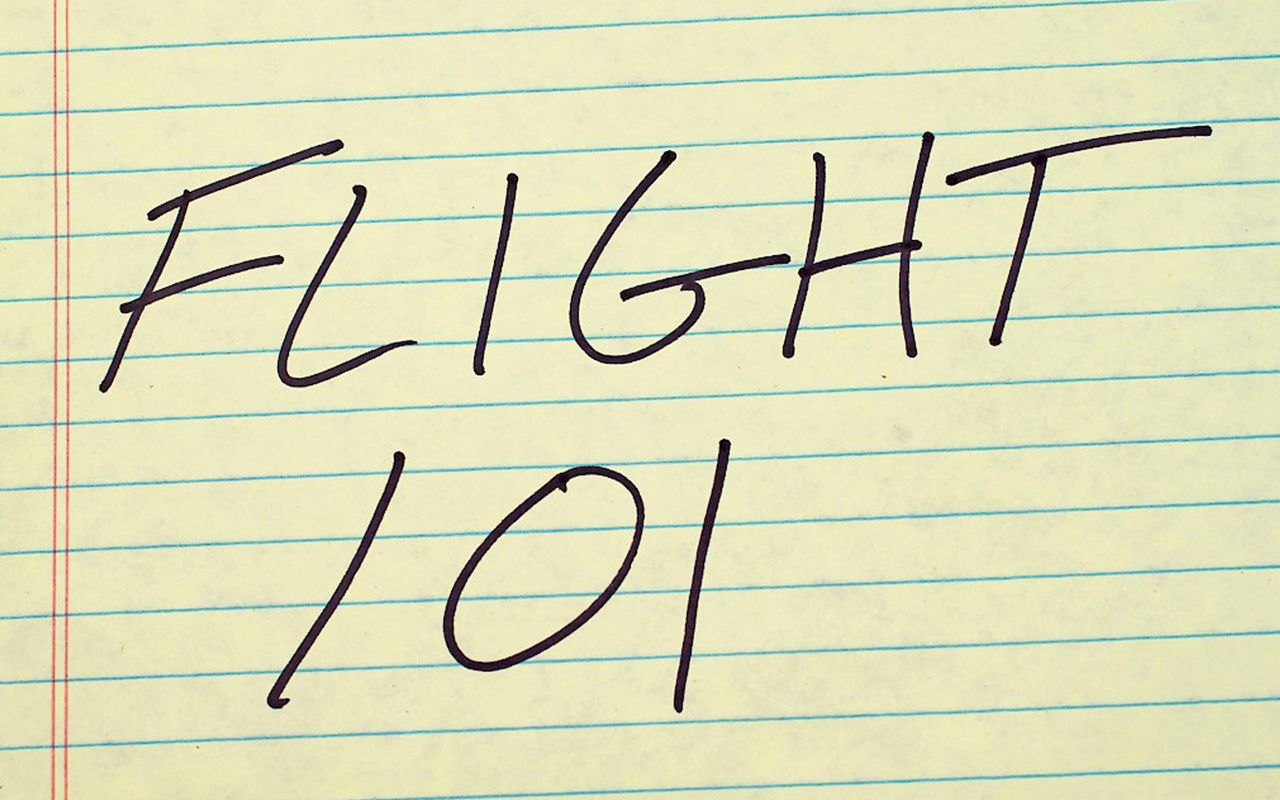Unmanned aircraft systems (UAS/drones) offer great value for public safety, with support and guidance needed at the local, state, and national levels when considering such systems. UAS offer a profound new view and situational awareness of significant incidents, events, and disasters. This article describes the value of UAS and provides guidance for jurisdictions considering implementing UAS programs.
In 2017, UAS proved their value during: record floods; Hurricanes Harvey, Irma, and Maria; the Mexico earthquake; record wildfires in California; the Oroville Dam incident; and presently during the volcanic activity in Hawaii. Additionally, the use of drones far exceeds just major events. Drones also provide incredible value in situations such as structure fires, hazardous material incidents, train derailments, technical rescues, civil unrest, law enforcement tactical/SWAT operations, traffic investigations, shark/shore patrols, water rescues, search and rescue of lost people (e.g., children, dementia patients, hikers), and inspection of critical infrastructure (e.g., roads, bridges, dams, electric grid, nuclear power plants).
Understanding the Value of UAS
Public safety has known the value of aerial reconnaissance but was generally reserved for extreme situations due to the high cost of manned aircraft (approximately $600/hour). Today, drones make this aerial intelligence much more affordable, can be initiated within minutes, and can be flown effectively. More importantly, UAS provide another dimension of information that incident commanders, emergency managers, and government leaders did not have in the past. When emergency responders are not familiar with existing hazards, the lives of the responders and citizens may be at risk.
UAS also provide immediate situational awareness, “How bad is bad?” This information provides leaders with a full understanding of the magnitude of an incident and the resources needed to assist people in need and to accelerate mitigation and community recovery. The data collected becomes very important for situational awareness, historical documentation, information for presidential disaster declarations, and help with individual insurance needs.
UAS has the ability to do multiple functions such as high-resolution digital images/video, thermal imagery, GIS data, 3D modeling, catch and release, traffic forensics, and much more. For most public safety agencies that have launched UAS programs, they have flown more types of missions than they expected and more missions in general than ever imagined. Most departments start with less expensive and smaller commercial off-the-shelf UAS. As the UAS program experiences success and UAS is better understood, the type of UAS evolves to better flight platforms that can carry more specialized payloads and fly for a longer duration. In retrospect, most departments that have implemented UAS programs cannot imagine significant operations without UAS.
Guidance When Considering UAS
Starting a public safety UAS program is not as simple as “buying and flying,” and it is critical to know what is required for a public safety UAS program – for example, governance, policies/procedures, defining missions, selection of UAS and payloads, training/flight proficiency, airworthiness/maintenance, data management, and thorough documentation.
Some helpful tips:
- Engage the jurisdiction’s administration and elected officials.
- Be up front and open (transparent).
- Utilize the Airborne Public Safety Association UAS Program Standards (PublicSafetyAviation.org).
- Provide an outreach program that includes success stories from other localities (there are plenty).
- Plan to use the UAS for multiple public safety missions and with other public safety agencies.
- Where possible, consider a multidiscipline public safety UAS team.
- Where possible, consider a regional team of public safety from multiple jurisdictions.
- Develop a clear policy as to when UAS will be used for surveillance/evidentiary purposes and utilize search warrants as required.
- Provide the safeguards that will be in place to ensure personal privacy.
- Explain recording policy and have a data management program.
- Explain the risk management plan and the training/safety protocols.
- Consider involving the local American Civil Liberties Union in review of department UAS policies.
- Ensure pilots are certified and licensed under the appropriate Federal Aviation Administration (FAA) regulation.
- Operate under a Certificate of Authorization (Public Agency Flight) and FAA Part 107 rules (Private Flight Rules).
By following these guidelines, communities can have their own unmanned aircraft ready to help keep their communities safe.

Charles L. Werner
Charles Werner is a 46-year public safety veteran. He served 37 years with the Charlottesville Fire Department, the last ten years as fire chief. Most recently, he served as senior advisor and acting deputy state coordinator for the Virginia Department of Emergency Management. He has also served in numerous national leadership roles on public safety technology, communications, broadband, applications and devices. Presently, he serves as director, DRONERESPONDERS Public Safety Alliance, chair of the National Council on Public Safety Unmanned Aircraft Systems, chair of the Secure Virginia Unmanned Aircraft Systems Sub Panel, member of the Virginia CIT Unmanned Systems Advisory Board, the National Information Sharing Consortium Advisory Council, the Association of American Railroads Public Safety Rail Advisory Committee and the International Fire Chiefs Technology Council.
-
Charles L. Wernerhttps://www.domesticpreparedness.com/author/charles-l-werner
-
Charles L. Wernerhttps://www.domesticpreparedness.com/author/charles-l-werner
-
Charles L. Wernerhttps://www.domesticpreparedness.com/author/charles-l-werner
-
Charles L. Wernerhttps://www.domesticpreparedness.com/author/charles-l-werner






